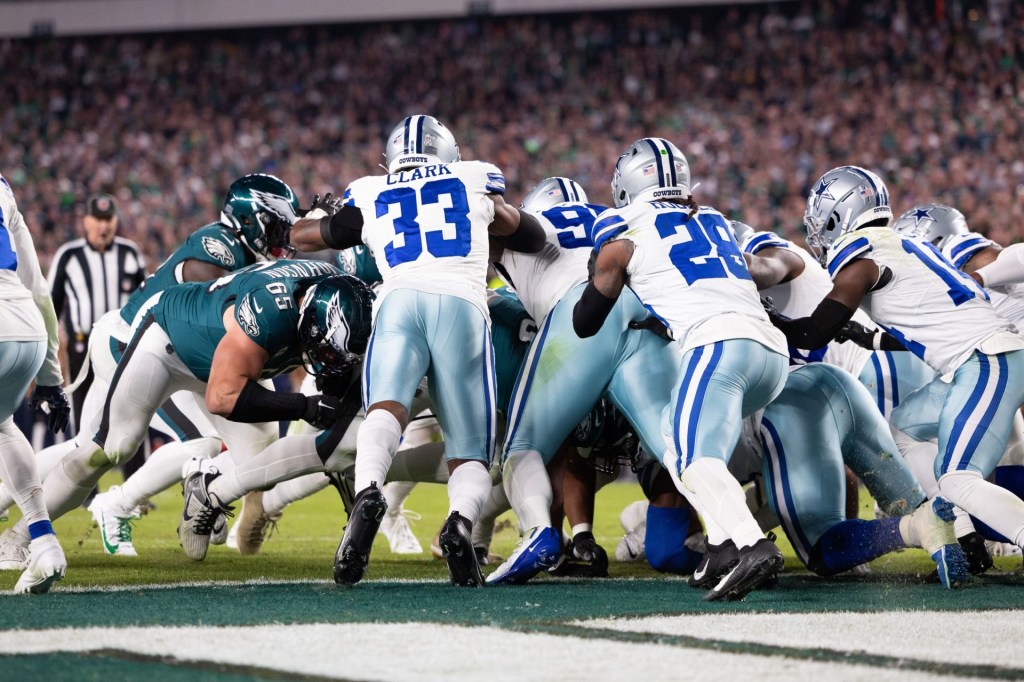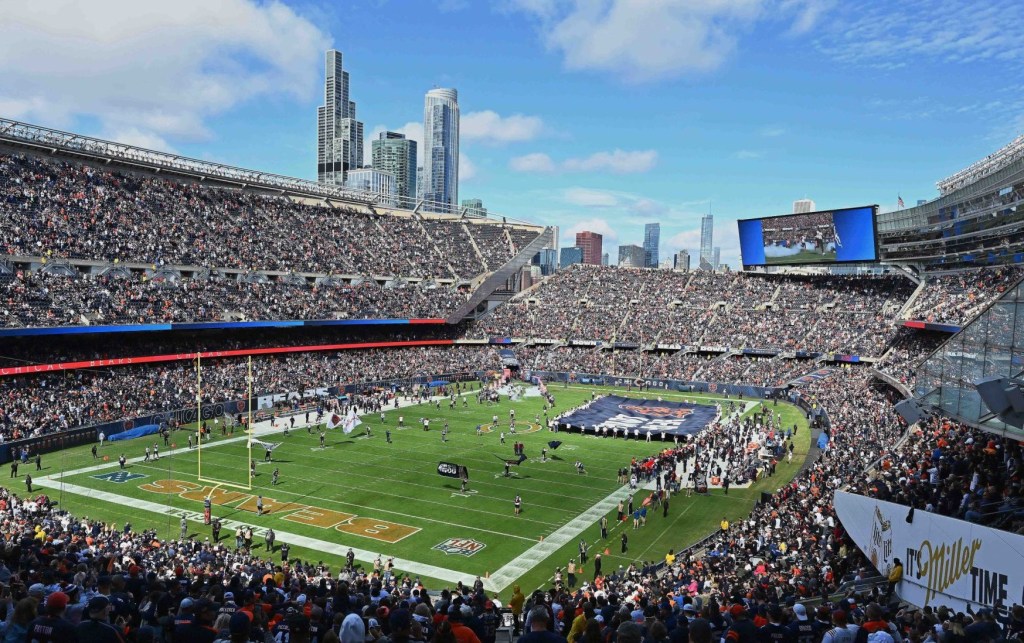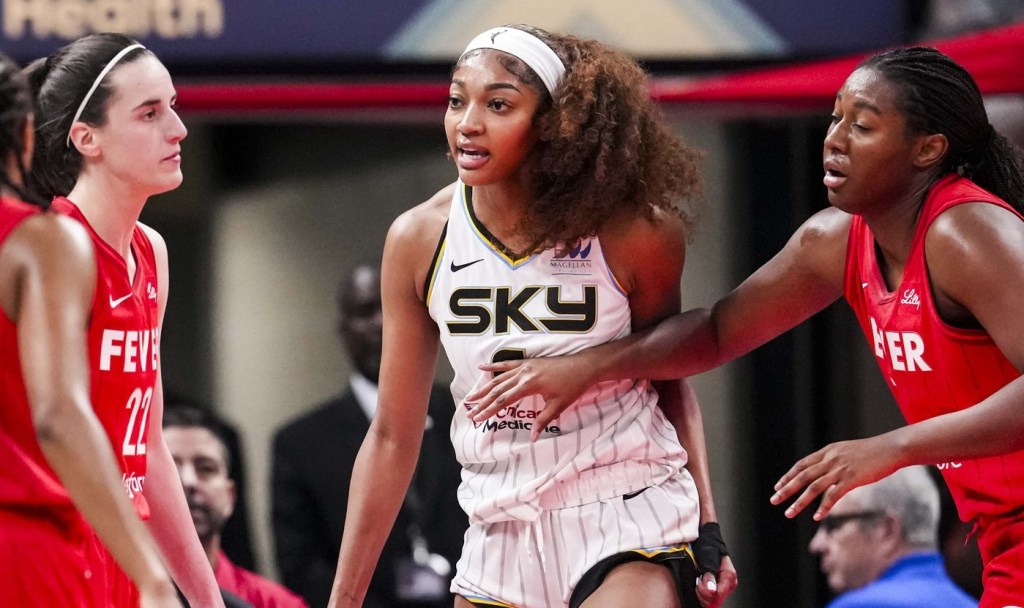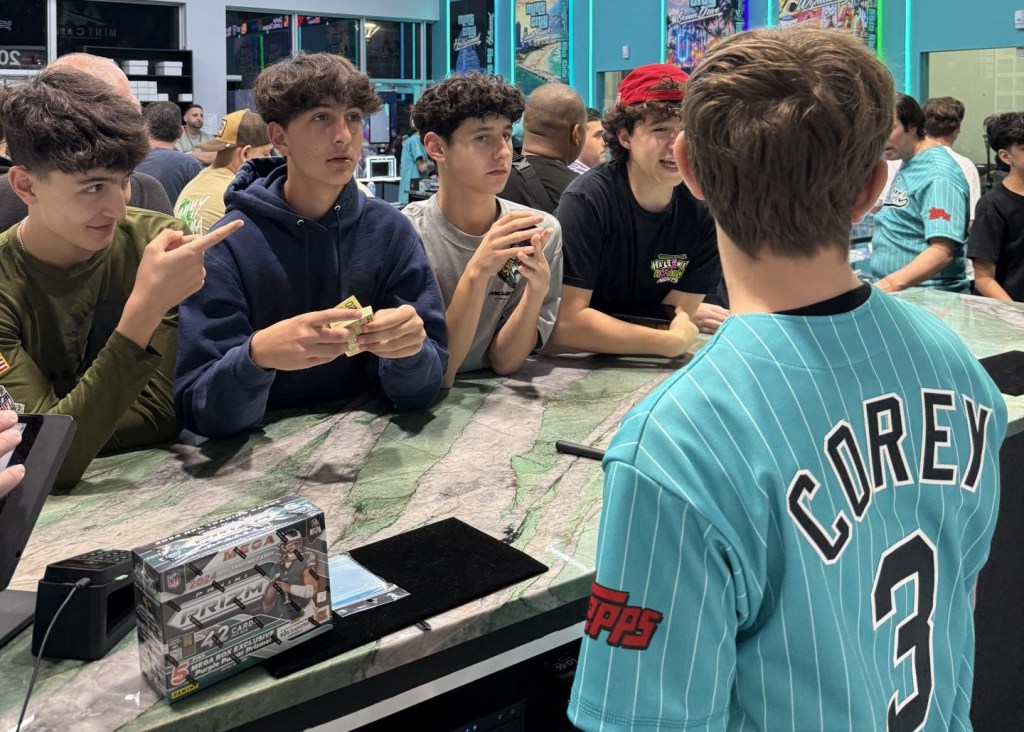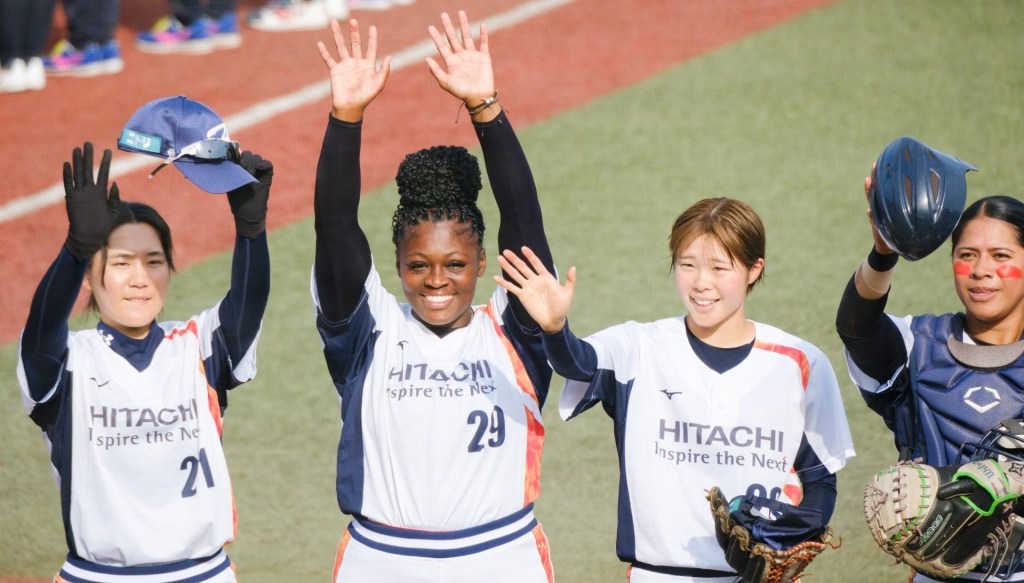Luka Dončić’s trade to the Lakers may now top most people’s lists for “Where were you when this happened?” NBA moments. But before February’s trade, one of the leading candidates was when the Warriors signed Kevin Durant in the summer of 2016.
Durant was a former MVP set to join a 73-win team that had already proved it could win a title with its current core. From 2015 to 2019, Golden State made five straight Finals and won three championships—two with Durant as Finals MVP.
The signing was the catalyst for a change in the league’s CBA. The Warriors were able to sign Durant because the salary cap jumped more than 30% in 2016—which coincided with a new media-rights deal.
In 2023, the CBA added cap-smoothing, which limited the year-over-year salary-cap jumps to 10%. The rule changes resulted in a drop in high-profile players changing teams in free agency. While trade requests continue to be prevalent, the most impactful player to leave his franchise in free agency in the last two years is Fred VanVleet, a one-time All-Star.
The CBA also included aprons—two salary thresholds above the league’s soft salary cap and luxury tax. Violating each apron comes with basketball-related penalties that can limit a team’s flexibility to make roster moves, on top of monetary penalties that come with exceeding the luxury tax. In the past, teams with deep-pocketed owners, like the Warriors and Clippers, consistently violated the luxury tax and paid the penalties.
Proof of Concept
The two-apron salary structure has been highly criticized, including by NBA GMs. But if parity was the goal of the rules, they have served their purpose.
The 2025 NBA conference finals start Tuesday, but regardless of which of the four remaining teams hoists the Larry O’Brien Trophy next month, there will be a new champion for the seventh consecutive season, the first time in league history:
- 2019: Raptors
- 2020: Lakers
- 2021: Bucks
- 2022: Warriors
- 2023: Nuggets
- 2024: Celtics
- 2025: Knicks/Pacers/Thunder/T-Wolves
The four teams also represent a diversity of market sizes, but all have struggled to win the NBA championship. Among the conference finalists, the most recent NBA championship was won in 1979—and that was when the Thunder were still the Seattle SuperSonics. The T-Wolves and Pacers have never won a title.
The next few years will reveal more about the long-term effects of the NBA’s much-maligned salary structure, especially as the Celtics are expecting a record payroll and teams like the Thunder and Timberwolves face questions about the financial sustainability of their rosters.



